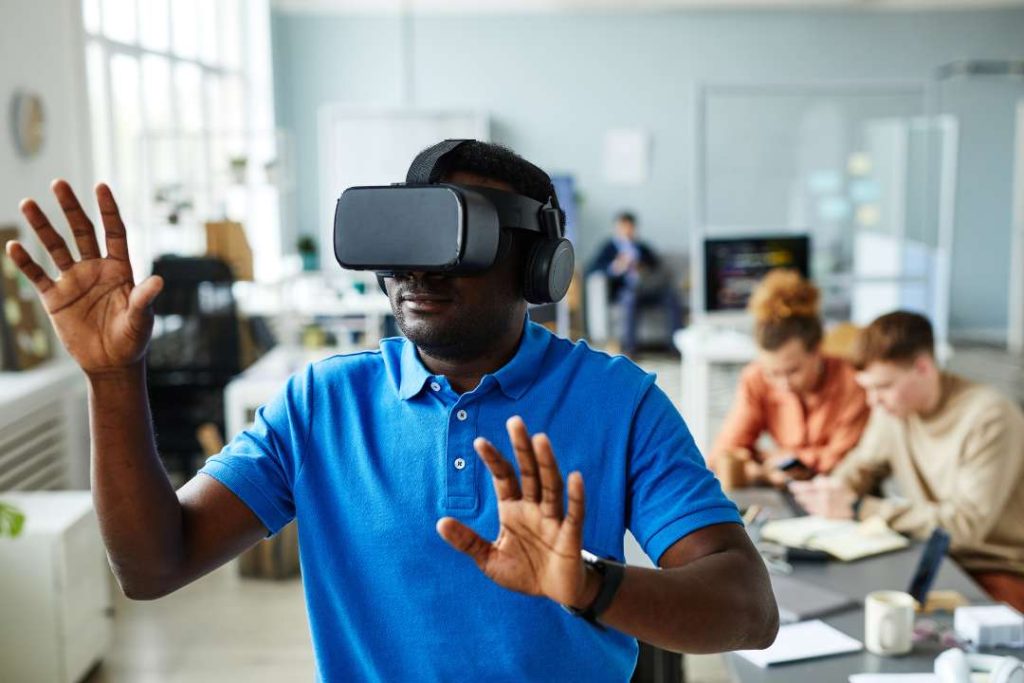E-commerce is evolving toward a more immersive and personalized model. Virtual product trials are one of the technologies that are driving this transformation. Companies such as Taobao and Xiaomi are developing platforms that allow users to interact with expensive products virtually, such as cars, furniture and home appliances. This technology not only enhances the user experience, but also solves many of the challenges physical stores face in displaying bulky or expensive products.
What is virtual product testing?
Virtual trials allow users to explore products in a digital environment before making a purchase. Using augmented reality (AR), virtual reality (VR) and mixed reality (MR) technologies, consumers can visualize products in 3D, rotate them, interact with them and even place them in real-life scenarios. This technology is especially useful for large products, such as automobiles, furniture and appliances, where the traditional online experience is limited.
Brands are investing in extended reality (XR) technologies, including AR and VR, to create immersive experiences. Taobao, in collaboration with Xiaomi, has launched a virtual test drive that allows users to experience vehicles like the Xiaomi SU7 in different scenarios. Buyers can sit in the car, change colors, view internal and external details, and evaluate the size and design in detail.
This type of experience helps consumers make more informed purchasing decisions and reduces uncertainty in the purchase of expensive products.
Challenges in the exhibition of expensive products
One of the biggest obstacles companies face when selling expensive or bulky products is the difficulty of properly displaying them in physical stores. The costs associated with transporting and displaying these products are high, and space limitations prevent displaying the full range of options available.
Virtual testing solves this problem by allowing consumers to visualize and try these products digitally. Through a combination of 3D modeling, spatial video and advanced computing, consumers can interact with products as if they were in a physical store.
3D models and spatial computing: the future of ecommerce
The use of 3D modeling and spatial computing is key to delivering a more detailed and accurate shopping experience. With these technologies, consumers can see every detail of a product, from the texture of materials to its internal structure. This increases customer confidence, especially in high-value products.










